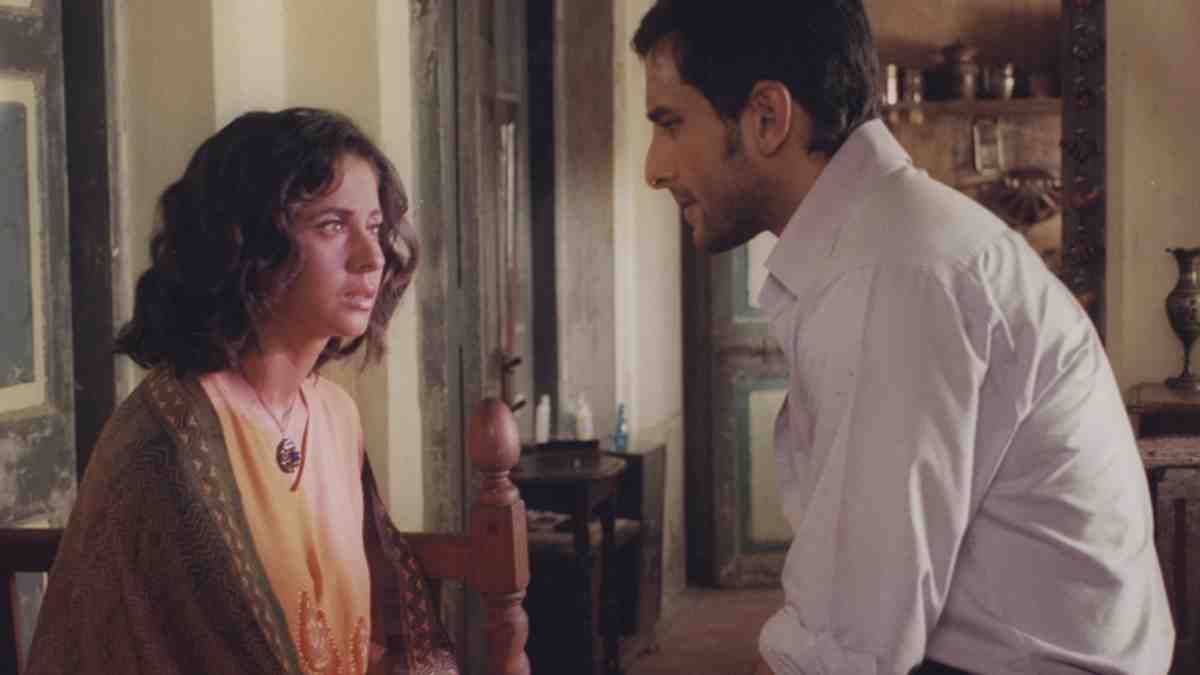When you think of suspense, deception, and razor-sharp storytelling in cinema, Alfred Hitchcock instantly comes to mind, a name synonymous with psychological thrillers and the art of making the audience squirm in their seats. But while Hitchcock may have defined the genre in the West, India has its own master of the unseen, the unsaid, and the unnerving: Sriram Raghavan.
 Where Hitchcock showed us how suspense could be orchestrated like a symphony, Raghavan shows us how it can be jazz, unpredictable, stylish, and deeply visual.
Where Hitchcock showed us how suspense could be orchestrated like a symphony, Raghavan shows us how it can be jazz, unpredictable, stylish, and deeply visual.
The Suspense Isn’t Just in the Story. It’s in the Frame.
Sriram Raghavan doesn’t just write thrillers. He designs them like intricate puzzles meant to be solved by the audience’s eyes as much as their minds.
Like Hitchcock, he believes in showing, not telling. In Andhadhun, a blind pianist becomes both the witness and the suspect. The film’s genius lies in how the visuals challenge the viewer’s own perception, constantly questioning what is real. The camera lingers just a second too long. The silence grows just a bit too thick. And in that gap, suspense lives.
Hitchcock Played with the Mind. Raghavan Plays with Sight.
Both directors understand that the thrill lies in anticipation, not in the reveal. But Raghavan goes a step further; his thrillers are built for rewatch. He hides clues in frames, in reflections, in objects at the edge of focus. Where Hitchcock played with what we fear, Raghavan plays with what we miss. Johnny Gaddaar is a brilliant example. A neo-noir heist thriller where betrayal is inevitable, but the real fun lies in spotting when it happens, if you’re paying attention. Raghavan trusts his audience. He doesn’t hold their hand. He dares them to look deeper.

India’s Modern Noir
Visually, Raghavan has created a uniquely Indian take on noir. His films are drenched in shadow, jazz, and moral grey. Badlapur is not just a revenge drama, it’s a psychological exploration painted in cold, muted tones. His frames carry the weight of grief, guilt, and grit.
Unlike the over-lit, exposition-heavy thrillers Bollywood once churned out, Raghavan’s cinema respects mood and minimalism. You feel the tension not through dramatic music, but through the quietness of a locked door, the flicker of a light, the shift in someone’s eyes.
The Camera That Knows When to Watch and When to Hide
Like Hitchcock, Raghavan’s camera is never passive. It becomes a character. It eavesdrops. It stalks. It reveals just enough, and withholds even more. Often, we see things characters don’t. Sometimes, we miss things they do. This uneasy relationship between the viewer and the camera is what makes his thrillers so gripping.

In Ek Hasina Thi, this voyeuristic style heightens the psychological tension, making the audience complicit, curious, and completely captivated.
Conclusion: The Heir of Suspense in Indian Cinema
Alfred Hitchcock once said, “Drama is life with the dull bits cut out.” Sriram Raghavan takes that a step further: Suspense is life, where everything might be a clue.
If Hitchcock made the audience lean forward in fear, Raghavan makes them lean in with curiosity, eyes darting across the screen, trying to catch what might be hidden in the background.
He is India’s answer to Hitchcock, not because he imitates him, but because he understands what truly makes thrillers timeless: suspense born from silence, visuals that speak louder than words, and stories that trust the intelligence of the viewer. America may have had Hitchcock. But India has Sriram. And in his cinema, nothing is ever as it seems.

